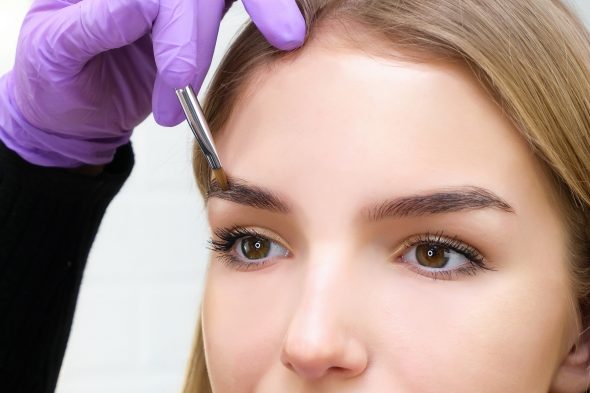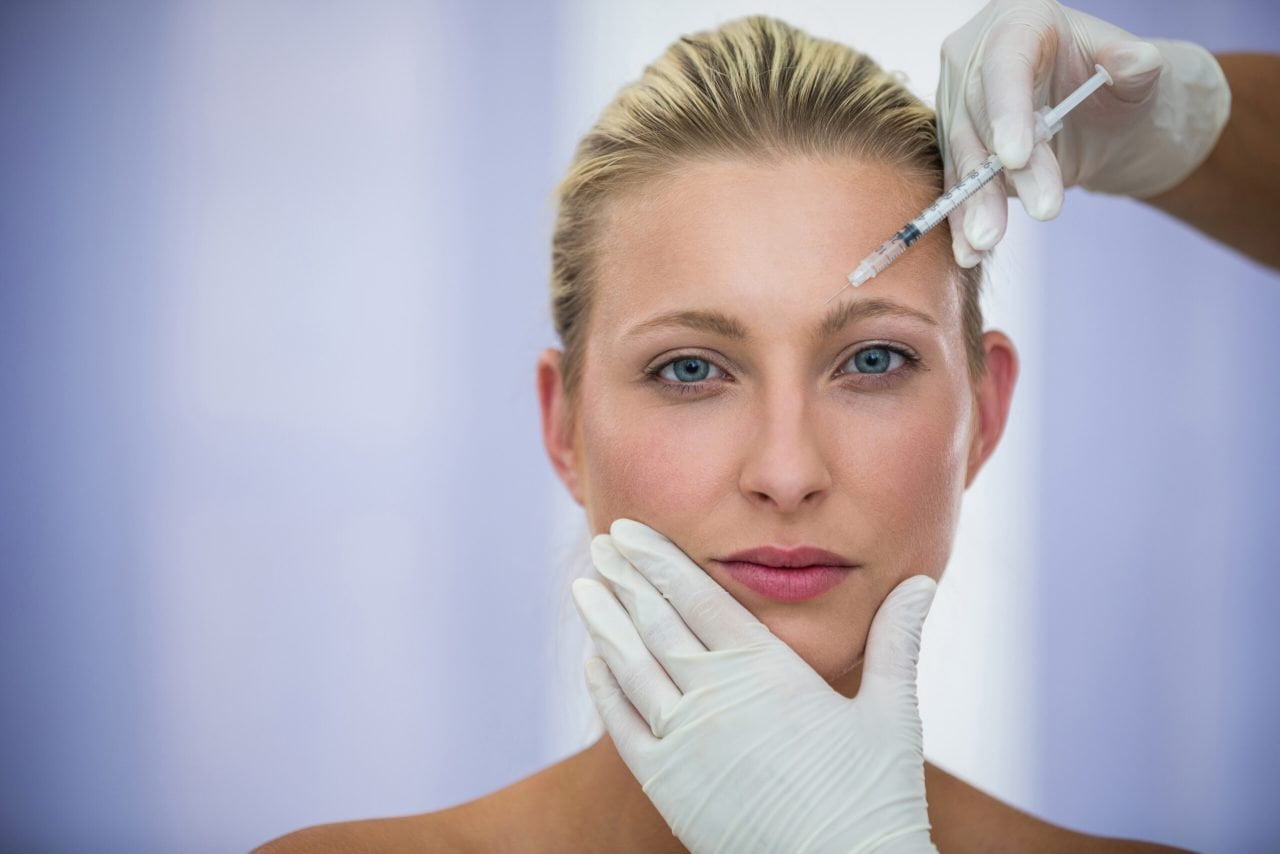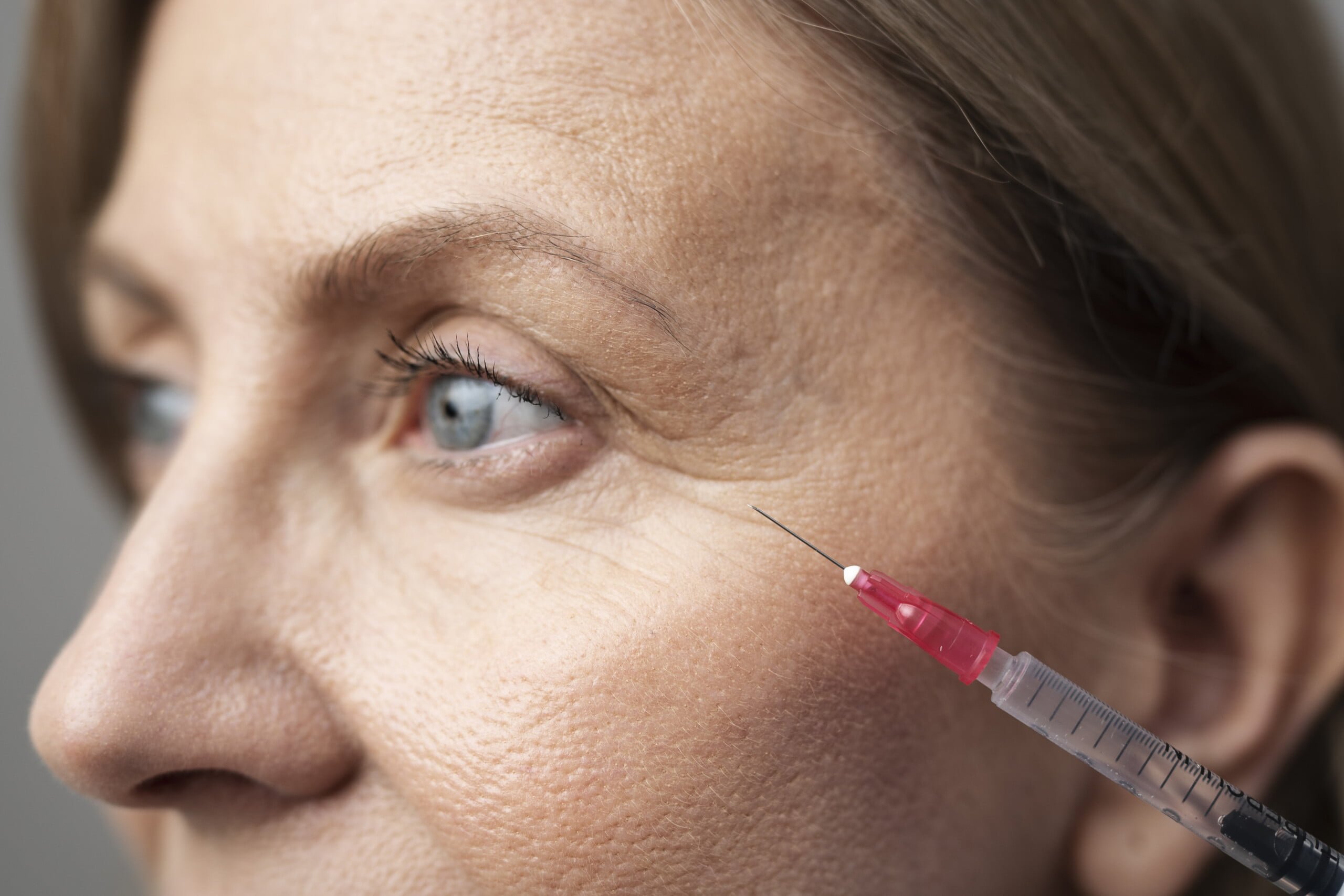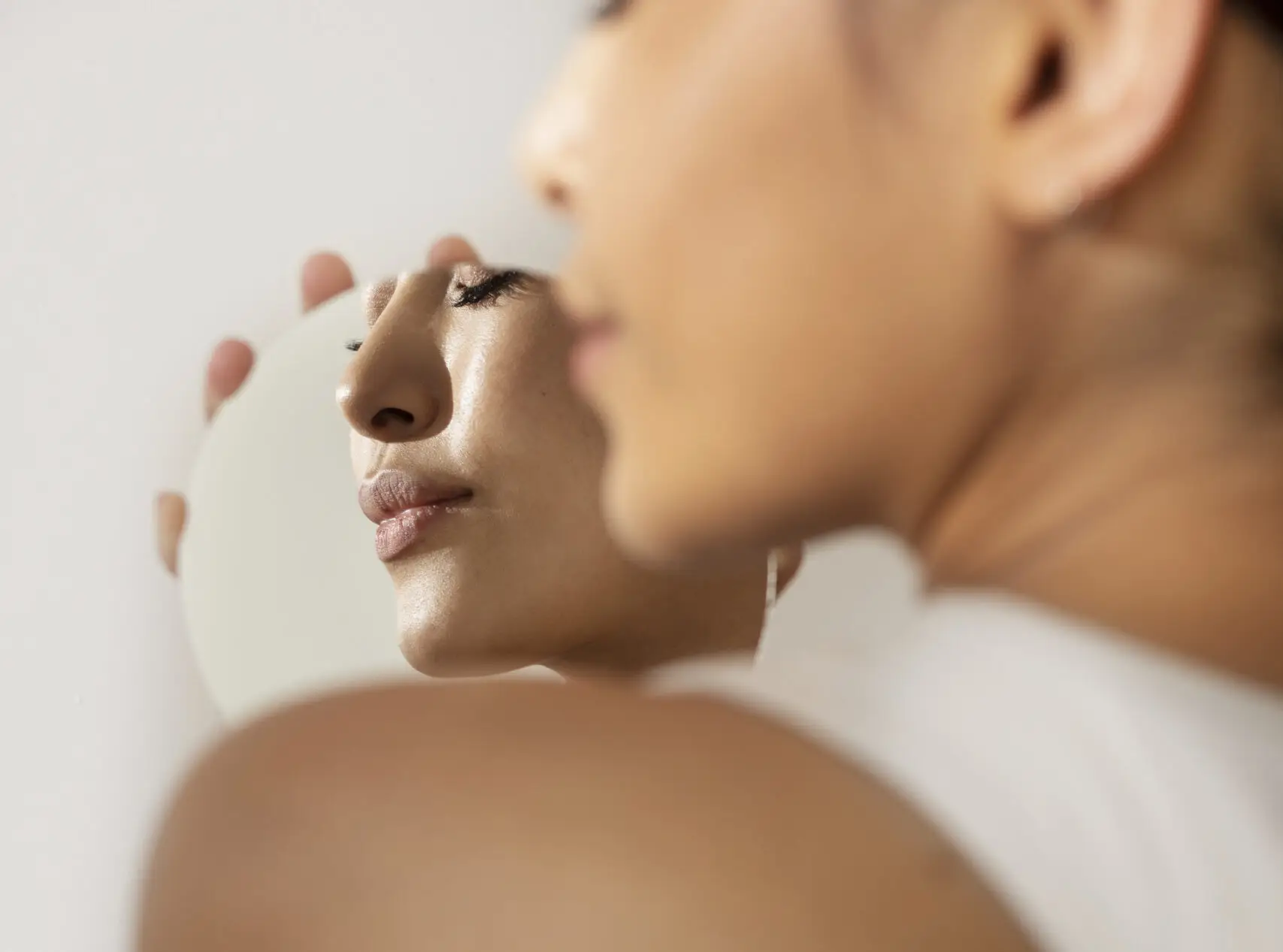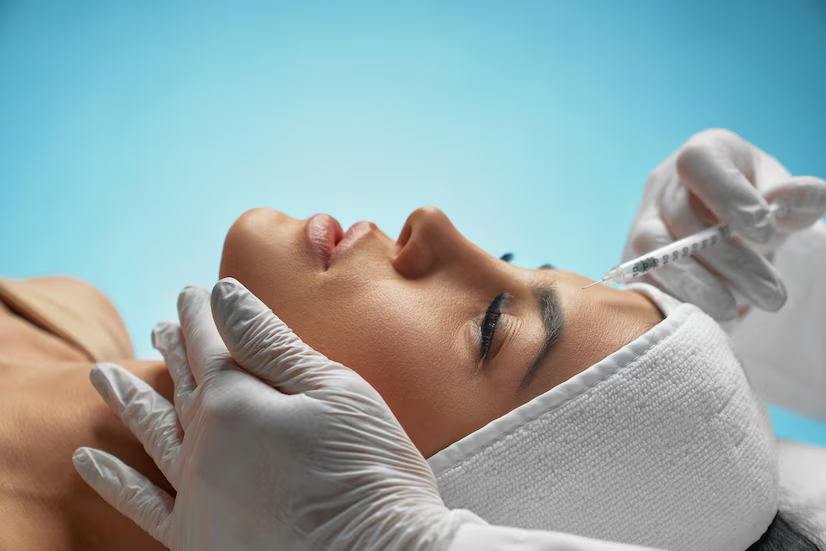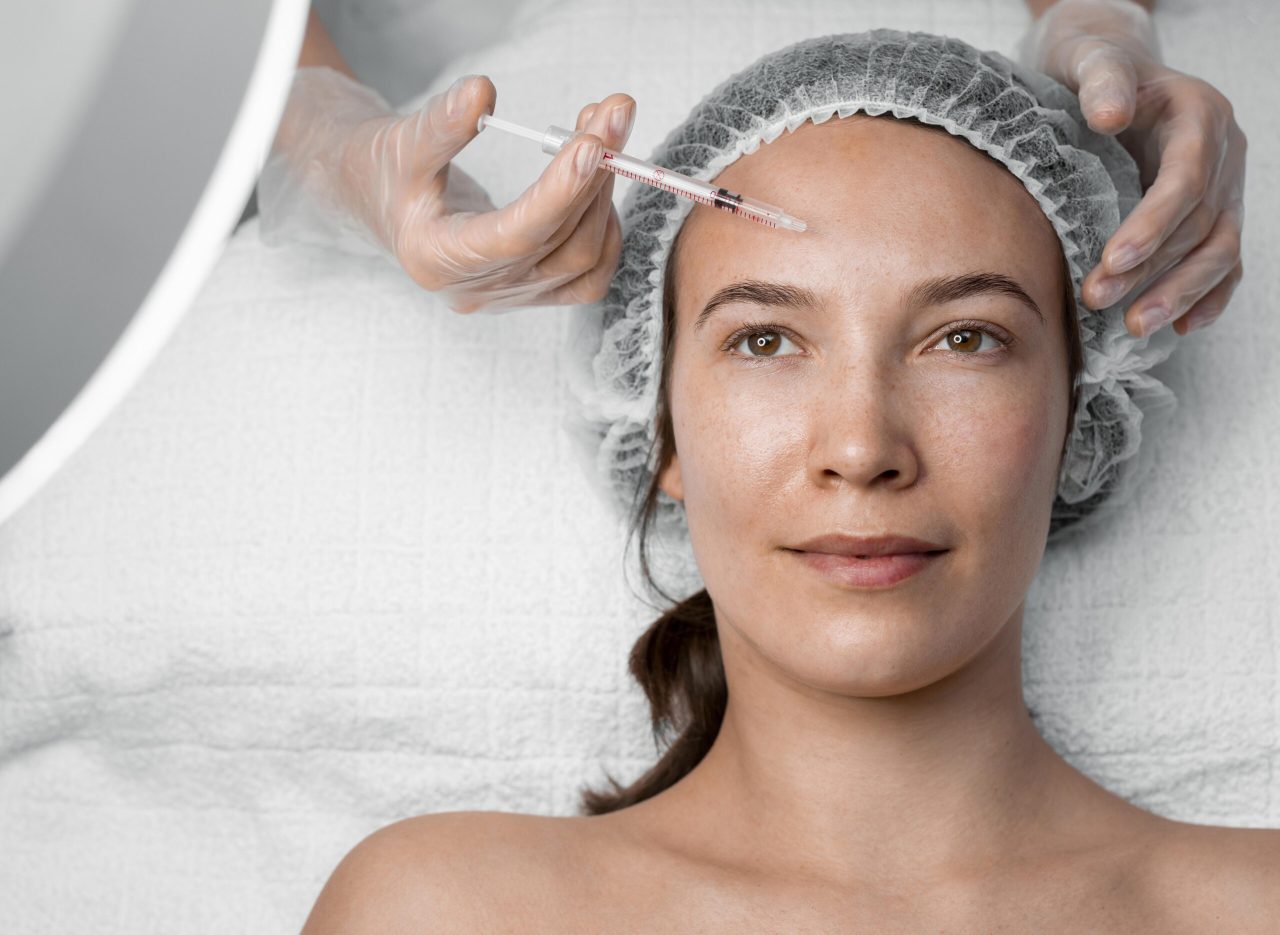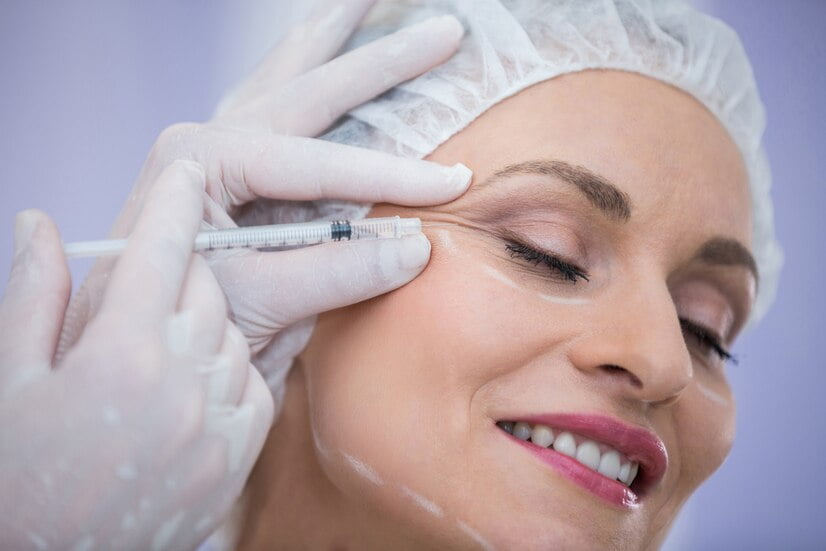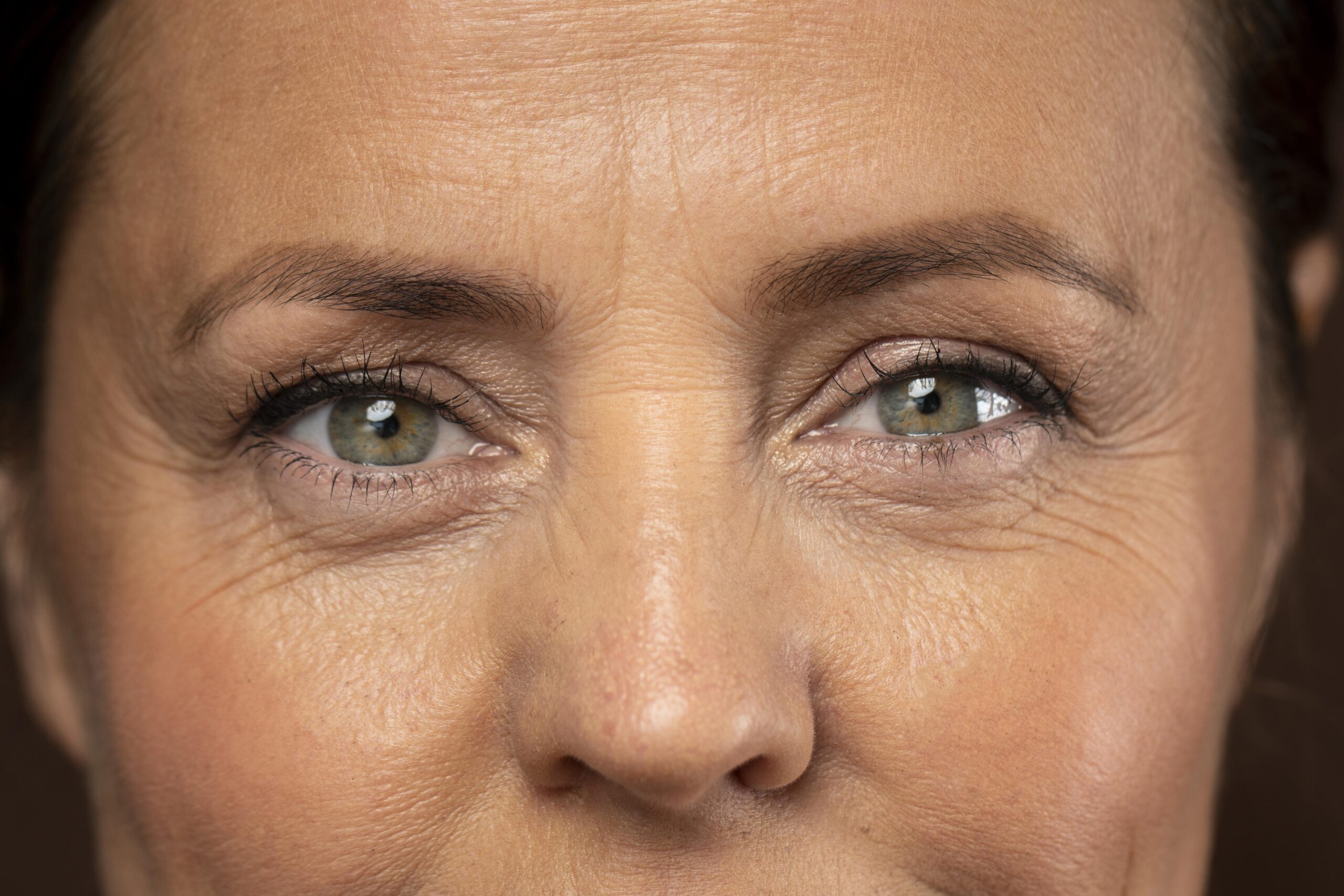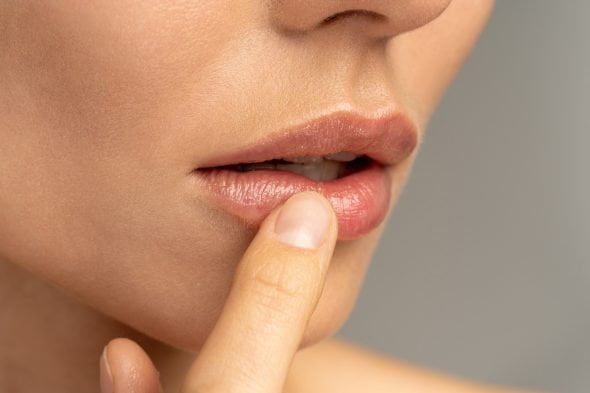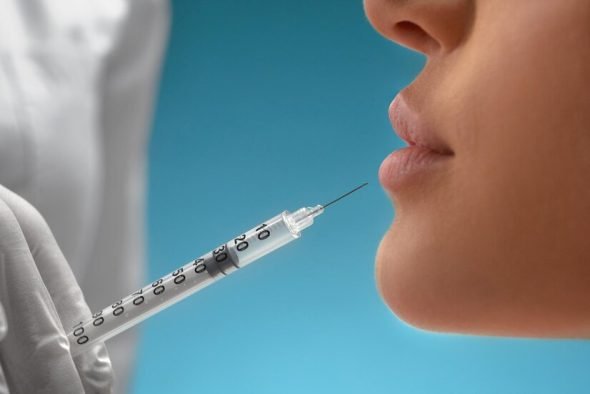At The Ezra Clinic, we understand the allure of Botox as a highly sought-after solution for those looking to rejuvenate their appearance and smooth out facial wrinkles.
This injectable cosmetic drug, derived from the bacteria called Clostridium botulinum, is known for its ability to temporarily relax dynamic wrinkles, offering a fresher, more youthful look. Given its prevalence as a solution for eye-watering, facial wrinkles, tired-looking appearances and more, it is important for our clients to understand just how long the effects of Botox can last, allowing them to plan effectively and manage their expectations.
Botox Before and After: What to Expect
The transformative effects of Botox are most evident when comparing your appearance before and after the treatment. Initially, you may notice a smoothing of dynamic wrinkles, contributing to a more rested and youthful look.
Common areas of improvement include:
- Softening forehead lines.
- Reducing crow’s feet around the eyes.
- Diminishing frown lines between the eyebrows.
It’s important to maintain realistic expectations about the results of Botox treatments. While Botox is highly effective in reducing the appearance of facial wrinkles, the outcomes vary based on individual skin type, age, and the depth of wrinkles. At The Ezra Clinic, our team of experienced professionals ensures that you have a clear understanding of what Botox can achieve for your specific situation, helping you feel confident and informed about the treatment process.
Botox Areas: Common Treatment Zones
The most frequently treated areas with Botox are the forehead, between the eyebrows (also known as the glabella), and the crow’s feet at the outer corners of the eyes. These zones typically show the first signs of ageing and can benefit significantly from botulinum toxin injections. Additionally, for those looking to achieve a more lifted and youthful appearance, a brow lift can be an excellent complementary treatment to Botox, providing enhanced results.
While the areas above are popular for Botox, there are a few less common zones where Botox can be equally effective. These include the ‘bunny lines’ on the nose, the masseter muscle for jawline slimming, the chin and even the neck bands. Each area requires a tailored approach depending on the individual’s facial structure and desired outcomes.
Choosing the right areas for Botox treatment depends on various factors, including your aesthetic goals, the natural movement of your face, and specific concerns like eye-watering all the time. At The Ezra Clinic, our experts conduct a thorough assessment to recommend the best treatment areas that align with your needs and expectations.
As you explore the potential of Botox, rest assured that our team at The Ezra Clinic is here to offer comprehensive advice and support tailored to your unique beauty journey. Whether you’re looking for a rejuvenated look or seeking to address specific concerns, we are dedicated to guiding you towards the most favourable outcomes with Botox, leveraging our extensive expertise in the field.
Importance of Following Post-Treatment Guidelines
Your role in following the post-treatment guidelines is crucial. It not only ensures that you experience the full benefit of your Botox treatment but also minimises the risk of side effects. Your adherence to these guidelines helps maintain the integrity of the results until the full effects are visible, which can take up to two weeks.
Following these aftercare tips and avoiding certain activities can help you to extend the life of your Botox results and enjoy a smoother, more youthful appearance for longer. At The Ezra Clinic, we’re committed to ensuring your treatment is successful, and your experience is as comfortable as possible.
